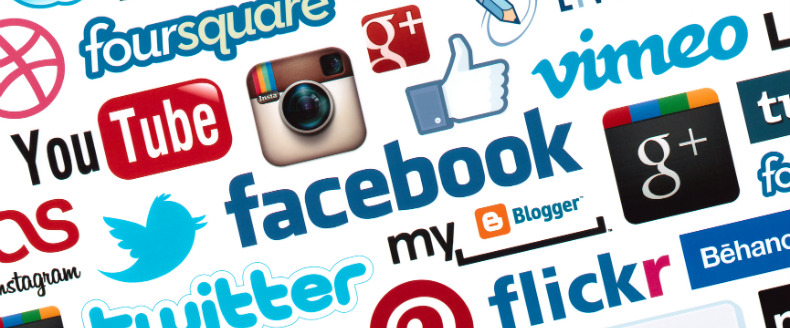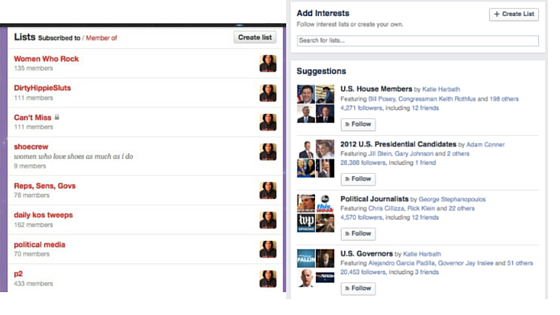Regular contributor Beth Becker has more for us today than just the excellent piece below; she’s also announced a series of two-day digital trainings taking place in cities around the world. Congratulations, Beth!! Savvy readers will want to get on her training announcement list right away. Look for other Epolitics.com authors (and your Loyal Editor) to be involved in the trainings as well. Who could ask for more?
Unless it’s more about social listening. In that case, be sure to go back and check out Jeanette Russell’s excellent social listening articles, including topics such as donor retention and rapid response. In the meantime, take it away, Beth!
A Beginner’s Guide to Social Listening
How many times have you sat in meetings and spent hours talking about messaging, but no one brings up the question of what your audience wants? What kinds of content do they respond to? What topics — both directly and indirectly relevant to your cause or issue — does your audience talk about? Have you ever chimed in and pointed out that your social media presence can help you create content that will really connect? If so, pat yourself on the back.
If not, you’re not using social media to its fullest potential. The most overlooked use case for social media is a concept called Social Listening. Social Listening may be defined as:
The process of monitoring digital media channels to devise a strategy that will better influence consumers. (from Track Maven)
So, how should you be using social listening? First, let’s define our goals. Are you trying to :
- see what others are talking about that you could also be talking about?
- learn what your audience is talking about elsewhere, so you can blend into their communities?
- test messaging and see how your audience reacts?
In any of these instances, social listening can provide some of your answers with just a little strategic planning upfront and a trickle of attention and time going forward.
So how exactly might you do this?
Use Twitter and Facebook Lists
If you’re trying to listen to your own audience, sort through your followers and assign them to lists. How you sort them is up to you, but you COULD throw them all in one list. More likely, though, it’ll to be useful to segment them in some way (geographically, based on interest, social media reach, etc.). You can also use tools like Attentive.ly and ActionSprout to help you sort.
One caveat to remember: Facebook lists live on your own profile, not on your page, so you would create the lists and then share them with your fellow page admins if you want.
If you are trying to see what other people who aren’t in your audience are saying about you, you can also put them on lists, again sorted however you want. Personally I try to sort by geographic location, issues (if I know what the person/organization is known for) and particular campaigns engaged with. The last is especially useful if you are a multi-issue organization, since someone who is active on social media talking about the environment may not be useful if you are trying to see what people are saying about the Fight for 15 campaign.
You can then use the Twitter or Facebook web interface or a 3rd party app like Hootsuite or TweetDeck to set up columns to monitor those lists. Take a look at those lists on a regular basis in order to get a sense of what is being said. You can also set up saved searches/columns around keywords and hashtags in order to monitor what is being said.
Listen to your data
Truth is that your audience is telling you important information every day through their engagement or non-engagement with your content. You should be looking at your metrics and learning from them regularly. Some metrics you’ll want to look at weekly, some less frequently, some more frequently. (For more about this check out this webinar that was done in partnership with ActionSprout in August).
So what should you be listening for?
- Mentions. The most obvious would be to pay attention to mentions of your organization specifically and any campaigns you are running. I’d also pay attention to hashtags that have a volume of use.
- Trends. What’s new and exciting in the world that has your audience talking? Remember the ten-second rule, though: if you have think for more than 10 seconds about whether a trending topic is relevant enough for you to create/curate content around it, then it probably is not relevant for you.
- Opportunity. Listen for conversations that it would be appropriate for you to join. Even seeing a bunch of people wishing a highly engaged Twitter follower a Happy Birthday would be relevant here. Remember, you want to be a part of the community, not apart from it.
How should you use what you learn?
Use it to inform content creation decisions. What kinds of content, such as links, video, image or plain text? What topics should you talk about? How should you frame them? How can you tell your story most effectively? How can you keep supporters involved and engaged over time?
Use it to identify ambassadors. You messaging has more weight when someone hears it from a friend or other trusted source. Use social listening to identify ambassadors for your cause or campaign on social media. [Ed. note: For an example, see Hillary Clinton’s new Twitter ambassador program.]
These are just a few uses for social listening; I’m sure you can come up with plenty more once you dig into the data. The big picture: The more you know about your supporters and activists, the more you can enlist their help to spread messages that THEY care about.


